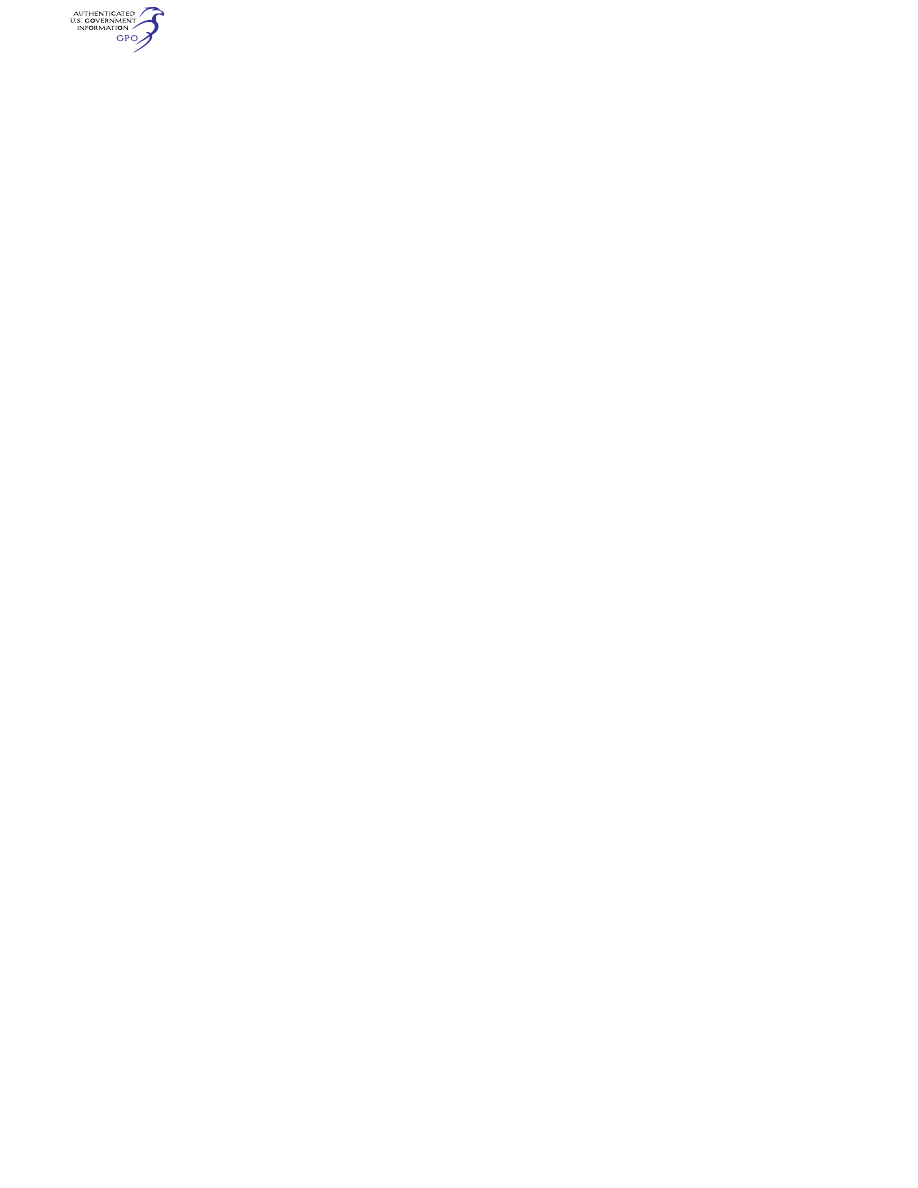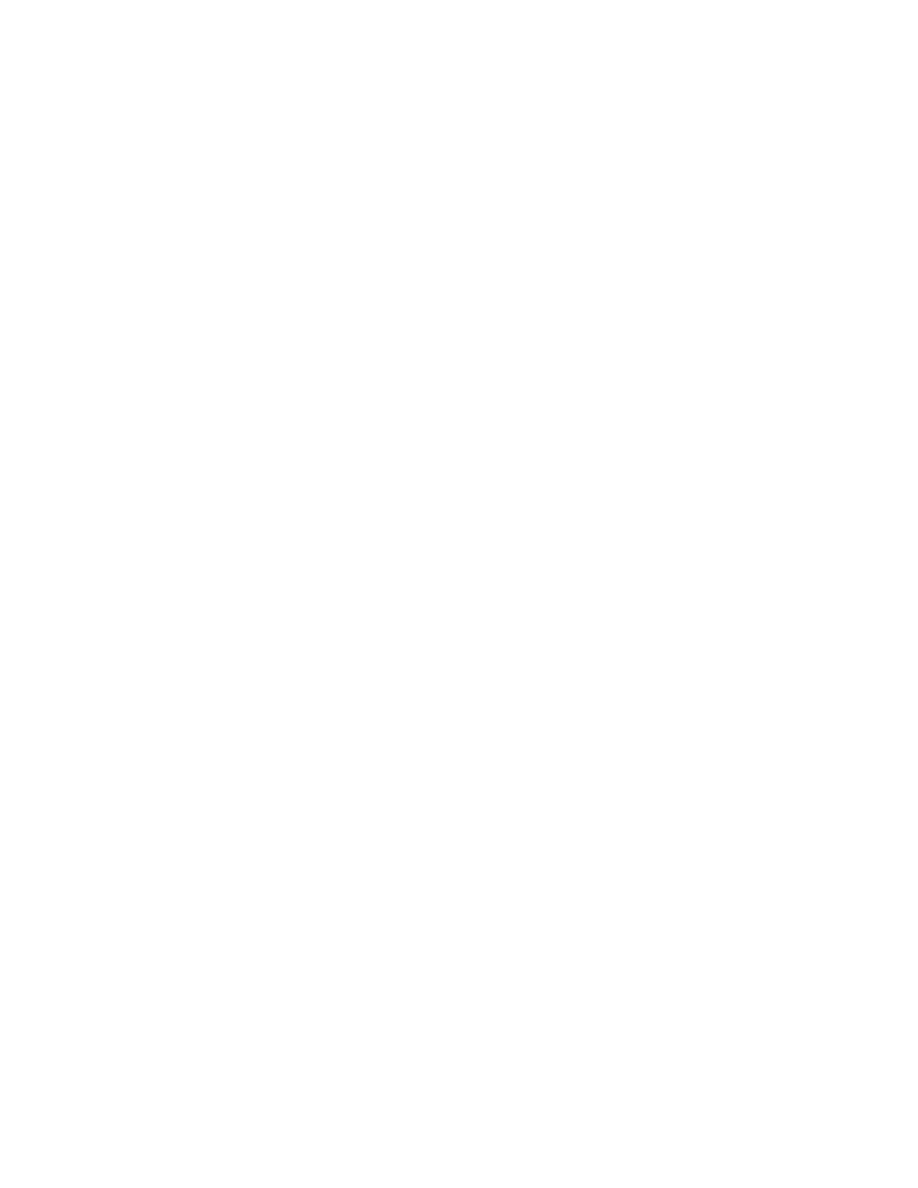
316
14 CFR Ch. I (1–1–24 Edition)
§ 25.957
(4) If there is a fuel flowmeter, it
must be blocked and the fuel must flow
through the meter or its bypass.
(b) If an engine can be supplied with
fuel from more than one tank, the fuel
system must—
(1) For each reciprocating engine,
supply the full fuel pressure to that en-
gine in not more than 20 seconds after
switching to any other fuel tank con-
taining usable fuel when engine mal-
functioning becomes apparent due to
the depletion of the fuel supply in any
tank from which the engine can be fed;
and
(2) For each turbine engine, in addi-
tion to having appropriate manual
switching capability, be designed to
prevent interruption of fuel flow to
that engine, without attention by the
flight crew, when any tank supplying
fuel to that engine is depleted of usable
fuel during normal operation, and any
other tank, that normally supplies fuel
to that engine alone, contains usable
fuel.
[Doc. No. 5066, 29 FR 18291, Dec. 24, 1964, as
amended by Amdt. 25–11, 32 FR 6912, May 5,
1967]
§ 25.957
Flow between interconnected
tanks.
If fuel can be pumped from one tank
to another in flight, the fuel tank
vents and the fuel transfer system
must be designed so that no structural
damage to the tanks can occur because
of overfilling.
§ 25.959
Unusable fuel supply.
The unusable fuel quantity for each
fuel tank and its fuel system compo-
nents must be established at not less
than the quantity at which the first
evidence of engine malfunction occurs
under the most adverse fuel feed condi-
tion for all intended operations and
flight maneuvers involving fuel feeding
from that tank. Fuel system compo-
nent failures need not be considered.
[Amdt. 25–23, 35 FR 5677, Apr. 8, 1970, as
amended by Amdt. 25–40, 42 FR 15043, Mar. 17,
1977]
§ 25.961
Fuel system hot weather oper-
ation.
(a) The fuel system must perform
satisfactorily in hot weather operation.
This must be shown by showing that
the fuel system from the tank outlets
to each engine is pressurized, under all
intended operations, so as to prevent
vapor formation, or must be shown by
climbing from the altitude of the air-
port elected by the applicant to the
maximum altitude established as an
operating limitation under § 25.1527. If a
climb test is elected, there may be no
evidence of vapor lock or other mal-
functioning during the climb test con-
ducted under the following conditions:
(1) For reciprocating engine powered
airplanes, the engines must operate at
maximum continuous power, except
that takeoff power must be used for the
altitudes from 1,000 feet below the crit-
ical altitude through the critical alti-
tude. The time interval during which
takeoff power is used may not be less
than the takeoff time limitation.
(2) For turbine engine powered air-
planes, the engines must operate at
takeoff power for the time interval se-
lected for showing the takeoff flight
path, and at maximum continuous
power for the rest of the climb.
(3) The weight of the airplane must
be the weight with full fuel tanks, min-
imum crew, and the ballast necessary
to maintain the center of gravity with-
in allowable limits.
(4) The climb airspeed may not ex-
ceed—
(i) For reciprocating engine powered
airplanes, the maximum airspeed es-
tablished for climbing from takeoff to
the maximum operating altitude with
the airplane in the following configura-
tion:
(A) Landing gear retracted.
(B) Wing flaps in the most favorable
position.
(C) Cowl flaps (or other means of con-
trolling the engine cooling supply) in
the position that provides adequate
cooling in the hot-day condition.
(D) Engine operating within the max-
imum continuous power limitations.
(E) Maximum takeoff weight; and
(ii) For turbine engine powered air-
planes, the maximum airspeed estab-
lished for climbing from takeoff to the
maximum operating altitude.
(5) The fuel temperature must be at
least 110
°
F.
(b) The test prescribed in paragraph
(a) of this section may be performed in
flight or on the ground under closely
VerDate Sep<11>2014
09:06 Jun 28, 2024
Jkt 262046
PO 00000
Frm 00326
Fmt 8010
Sfmt 8010
Y:\SGML\262046.XXX
262046
jspears on DSK121TN23PROD with CFR

317
Federal Aviation Administration, DOT
§ 25.963
simulated flight conditions. If a flight
test is performed in weather cold
enough to interfere with the proper
conduct of the test, the fuel tank sur-
faces, fuel lines, and other fuel system
parts subject to cold air must be insu-
lated to simulate, insofar as prac-
ticable, flight in hot weather.
[Amdt. 25–11, 32 FR 6912, May 5, 1967, as
amended by Amdt. 25–57, 49 FR 6848, Feb. 23,
1984]
§ 25.963
Fuel tanks: general.
(a) Each fuel tank must be able to
withstand, without failure, the vibra-
tion, inertia, fluid, and structural loads
that it may be subjected to in oper-
ation.
(b) Flexible fuel tank liners must be
approved or must be shown to be suit-
able for the particular application.
(c) Integral fuel tanks must have fa-
cilities for interior inspection and re-
pair.
(d) Fuel tanks must, so far as it is
practicable, be designed, located, and
installed so that no fuel is released in
or near the fuselage, or near the en-
gines, in quantities that would con-
stitute a fire hazard in otherwise sur-
vivable emergency landing conditions,
and—
(1) Fuel tanks must be able to resist
rupture and retain fuel under ultimate
hydrostatic design conditions in which
the pressure P within the tank varies
in accordance with the formula:
P = K
r
gL
Where—
P = fuel pressure at each point within the
tank
r
= typical fuel density
g = acceleration due to gravity
L = a reference distance between the point of
pressure and the tank farthest boundary
in the direction of loading
K = 4.5 for the forward loading condition for
those parts of fuel tanks outside the fu-
selage pressure boundary
K = 9 for the forward loading condition for
those parts of fuel tanks within the fuse-
lage pressure boundary, or that form part
of the fuselage pressure boundary
K = 1.5 for the aft loading condition
K = 3.0 for the inboard and outboard loading
conditions for those parts of fuel tanks
within the fuselage pressure boundary, or
that form part of the fuselage pressure
boundary
K = 1.5 for the inboard and outboard loading
conditions for those parts of fuel tanks
outside the fuselage pressure boundary
K = 6 for the downward loading condition
K = 3 for the upward loading condition
(2) For those parts of wing fuel tanks
near the fuselage or near the engines,
the greater of the fuel pressures result-
ing from paragraphs (d)(2)(i) or (d)(2)(ii)
of this section must be used:
(i) The fuel pressures resulting from
paragraph (d)(1) of this section, and
(ii) The lesser of the two following
conditions:
(A) Fuel pressures resulting from the
accelerations specified in § 25.561(b)(3)
considering the fuel tank full of fuel at
maximum fuel density. Fuel pressures
based on the 9.0g forward acceleration
may be calculated using the fuel static
head equal to the streamwise local
chord of the tank. For inboard and out-
board conditions, an acceleration of
1.5g may be used in lieu of 3.0g as speci-
fied in § 25.561(b)(3).
(B) Fuel pressures resulting from the
accelerations as specified in
§ 25.561(b)(3) considering a fuel volume
beyond 85 percent of the maximum per-
missible volume in each tank using the
static head associated with the 85 per-
cent fuel level. A typical density of the
appropriate fuel may be used. For in-
board and outboard conditions, an ac-
celeration of 1.5g may be used in lieu of
3.0g as specified in § 25.561(b)(3).
(3) Fuel tank internal barriers and
baffles may be considered as solid
boundaries if shown to be effective in
limiting fuel flow.
(4) For each fuel tank and sur-
rounding airframe structure, the ef-
fects of crushing and scraping actions
with the ground must not cause the
spillage of enough fuel, or generate
temperatures that would constitute a
fire hazard under the conditions speci-
fied in § 25.721(b).
(5) Fuel tank installations must be
such that the tanks will not rupture as
a result of the landing gear or an en-
gine pylon or engine mount tearing
away as specified in § 25.721(a) and (c).
(e) Fuel tank access covers must
comply with the following criteria in
order to avoid loss of hazardous quan-
tities of fuel:
(1) All covers located in an area
where experience or analysis indicates
VerDate Sep<11>2014
09:06 Jun 28, 2024
Jkt 262046
PO 00000
Frm 00327
Fmt 8010
Sfmt 8010
Y:\SGML\262046.XXX
262046
jspears on DSK121TN23PROD with CFR

